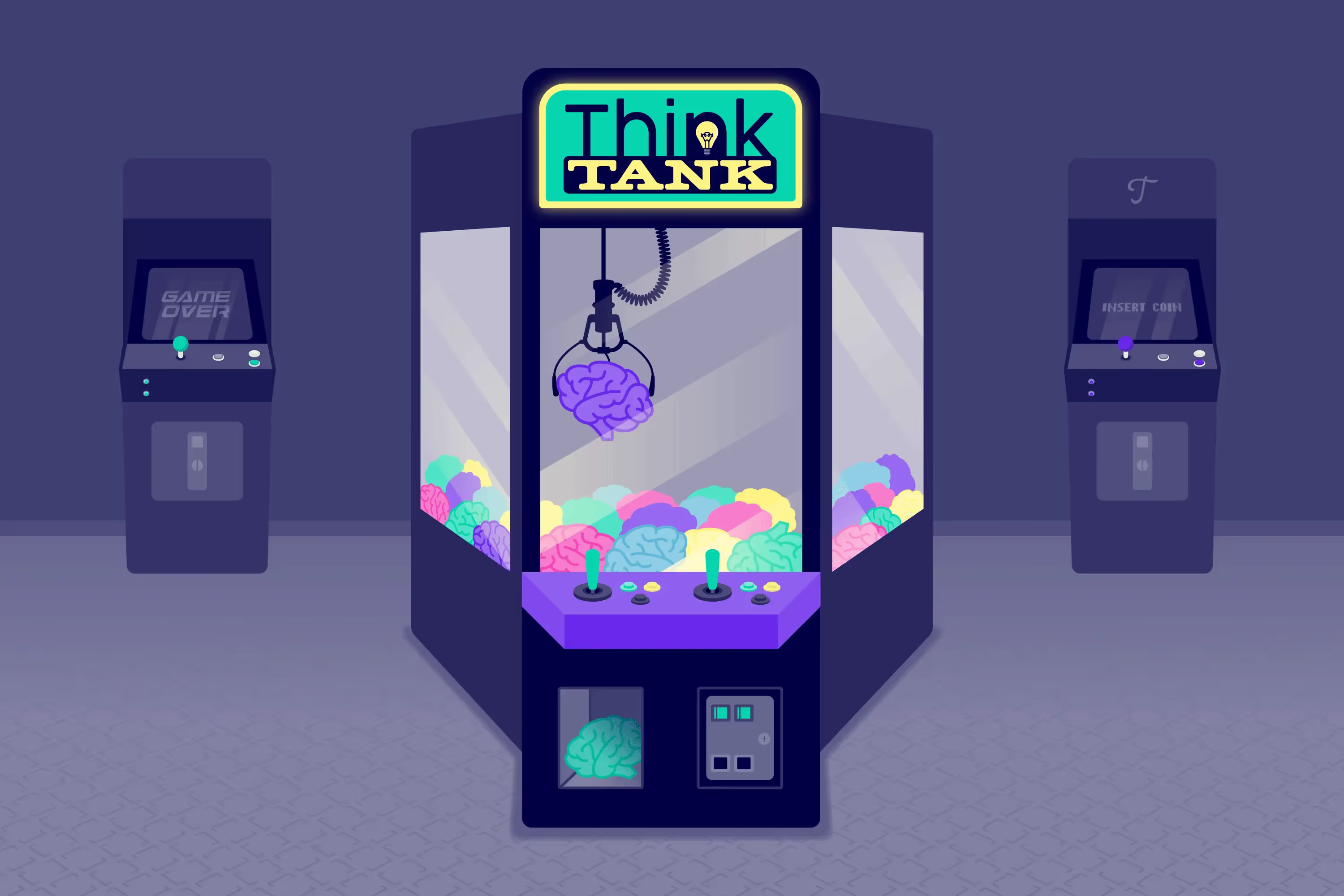
Articles
How to Attract and Find Success with Neurodiverse Talent
August 16, 2022

Business leaders are typically familiar with the benefits of diversity, equity, and inclusion efforts. But they’re less aware of the advantages that come with hiring neurodiverse employees. And they’re missing out on a huge opportunity when it comes to building their talent pool — some early research suggests that neurodiverse teams can be 30% more productive than those without representation.
For SMBs, there’s a great advantage to having neurodiverse employees. They bring new ways of thinking to your team, and some neurodiverse candidates have stronger skills — like pattern recognition, memory, or attention to detail — than their neurotypical colleagues.
Plus, when you consider the meaning of diversity, equity, and inclusion programs (or DE&I), it’s the right move to make as an employer. That’s because DE&I programs are supposed to promote the representation of all types of people.

But what exactly is neurodiversity? And how do you actually start attracting and supporting neurodiverse employees? Let’s find out.
What neurodiversity means
The term neurodiversity was coined in the late 1990s by Australian sociologist Judy Singer, and it describes the many ways people think, learn, and behave in terms of brain function. But most importantly, it advocates that cognitive differences are not deficits, but normal variations among human beings that bear equal worth.
Neurodiversity is broad, but in general, it refers to individuals:
- On the autism spectrum.
- With attention, hyperactivity, or coordination disorders.
- With learning disabilities.
Because companies often overlook neurodiverse employees, the unemployment rate for the community is much higher than the general population. In the United States alone, an estimated 85% of people on the autism spectrum are unemployed (compared to just 3.6% overall).
Luckily, more companies are incorporating neurodiverse programs into their workplace, including Microsoft, Hilton, EY, JPMorgan, and Chase. But it doesn’t take enormous resources to implement a program — you just need to be willing to embrace neurodiverse employees.
How to incorporate neurodiversity into your business
Companies that support neurodiversity consistently report increased efficiency and productivity compared to teams with only neurotypical representation. Here’s how to prepare a more inclusive workplace and set your neurodiverse employees up for success:
1. Find resources and partners to understand needs.
Before you implement any program, you’ll want to understand how to support your neurodiverse employees first. To do that, you can read dependable online resources, like the Neurodiversity Hub, or partner with a local government or non-profit agency, like Autism Speaks. These organizations can help fill your knowledge gap and ensure you’re ready to access and bring on neurodiverse candidates.
For example, some neurodiverse employees may need special accommodations while working for you, and your partners can help you navigate these changes. These could include remote work, flexible hours, modified lighting, noise-canceling headphones, or recorded instructions.
2. Rethink your qualifications and job descriptions.
There are many roles where neurodivergent people inherently excel. These roles typically have structure, require attention to detail, and don’t regularly include intense interpersonal interactions or depend on short-term memory.
For SMB owners, you can start by identifying where those roles exist in your business. And if you’re not sure where to look, turn to your local partners for ideas. These roles could include IT, accounting, research, manufacturing, and more — as long as you make the jobs accessible.
In other words, reconsider how you word your job descriptions. Start by taking out any qualifications that aren’t truly necessary (AKA not ideal for neurodiverse employees) and delegating those tasks to others. Then, be sure to add your special accommodations.
3. Reframe your interviewing, onboarding, and training process.
For many neurodiverse people, the traditional face-to-face interview is a high-anxiety situation that doesn’t properly showcase their skills. But many companies, including Ford and Hewlett-Packard, are reevaluating their interview process to make it feel less threatening.
.gif)
For example, you could reposition the first interviews as casual meetups at the office. This way, neurodiverse candidates can spend a few hours with a manager in a low-pressure setting. And if the meetup is successful, you could follow up with further assessment if needed.
The same advice applies to your onboarding and training process. You’ll want to ensure that whoever is in charge is prepared to support neurodiverse employees. And you’ll want to make any necessary environmental changes, like accommodations for sensory sensitivities.
4. Train employees and managers on the initiative.
Before you bring on any neurodiverse team members, it’s essential to train your current team on the program initiative. This includes the benefits and outcomes of the program and, more specifically, how to support their neurodiverse colleagues properly.
For managers, you’ll want to prepare a more extensive training program to prepare them for conversations about career development and performance management. Or, in simpler terms, how to nurture and support the characteristics of neurodiverse employees.
5. Provide support systems for neurodiverse employees.
Having support systems infused into the workplace ensures that neurodiverse coworkers have an outlet for help, providing feedback, and offering suggestions. Some companies rely on managers for support or provide a mentor or work buddy who is not in a supervisor role.
In addition to internal support, you’ll also want to consider the community resources available to neurodiverse employees. For example, job coaches, mental health partners, and parents or guardians can be ready to help when support is needed.
6. Customize career development plans for neurodiverse employees.
Neurodiverse employees need long-term career plans just as their neurotypical colleagues do. This means you’ll need to think seriously about how to provide ongoing assessments and opportunities to grow and expand neurodiverse skills.
For instance, you should assign one manager or supervisor to provide performance reviews and career pathing. This way, they become familiar with their strengths and limitations and can advocate for the best growth opportunities.
7. Track key metrics and revise the program as needed.
To ensure the success of your neurodiversity initiatives, be sure to identify and implement key metrics you’ll need to track. These could include the number of candidates hired, retention rates, and employee feedback. This way, you can get ahead of any issues and fix them quickly.
Finally, remember to recognize your neurodiverse employees as partners in the program. You can do this by regularly inviting feedback and taking their suggestions to revise any issues.
Neurodiversity is not a new concept — companies are just finally understanding why it’s important to be inclusive of all cognitive abilities. You can use these tips today to get ahead of the curve and set up your neurodiverse employees for success right from the start.
Similar Blog Posts











